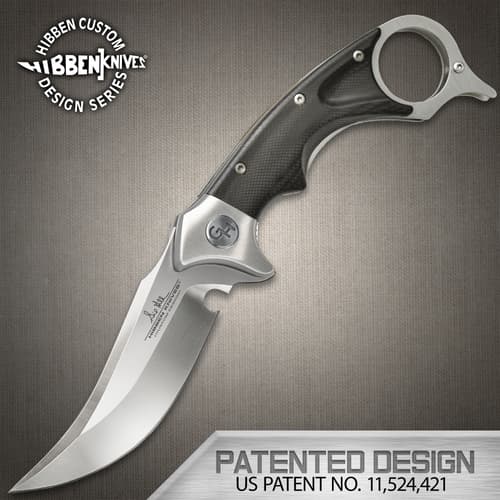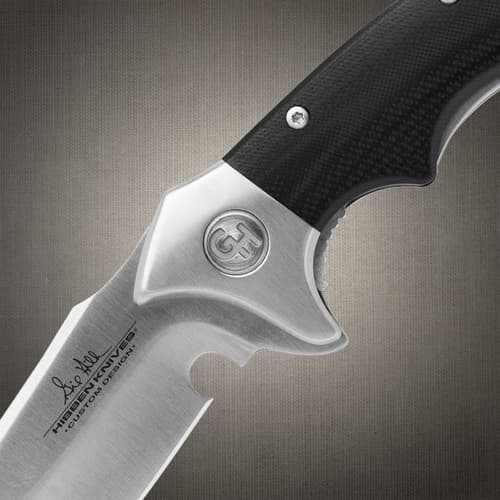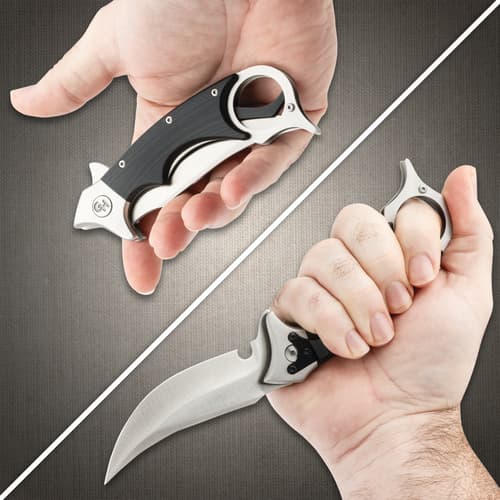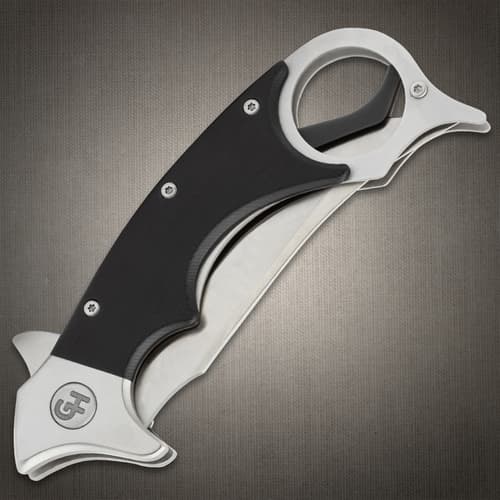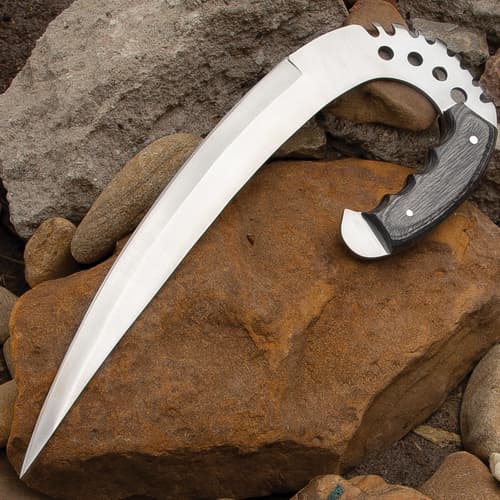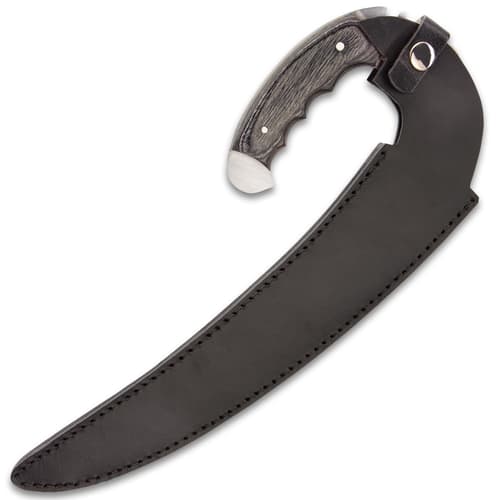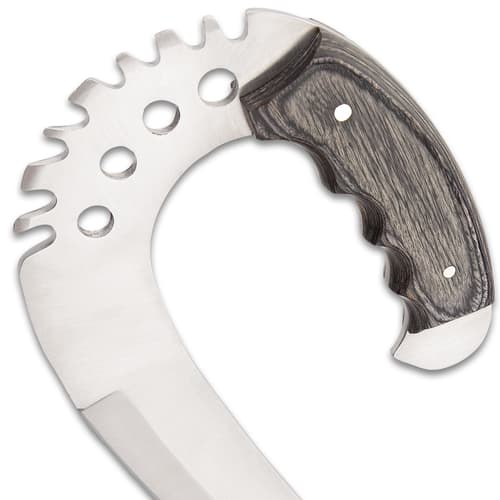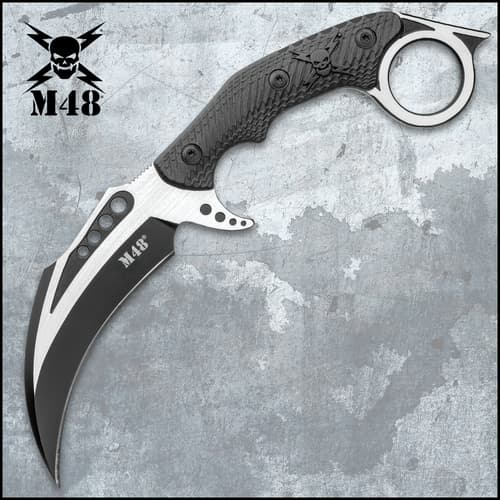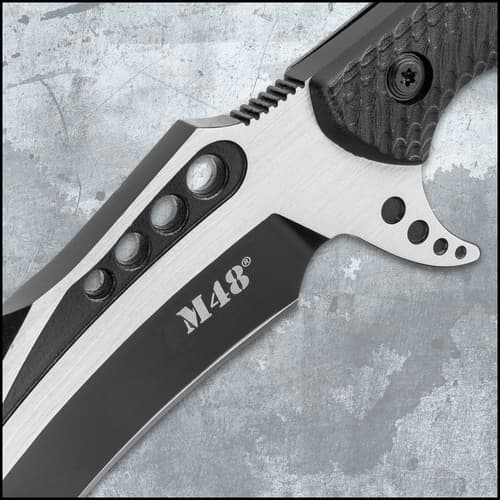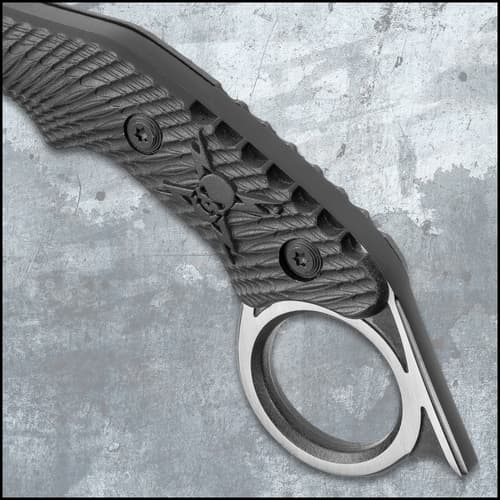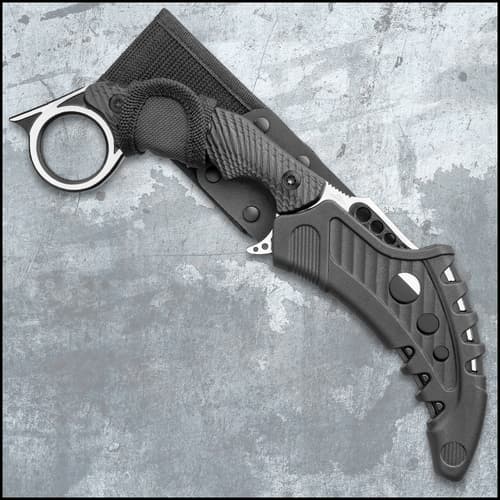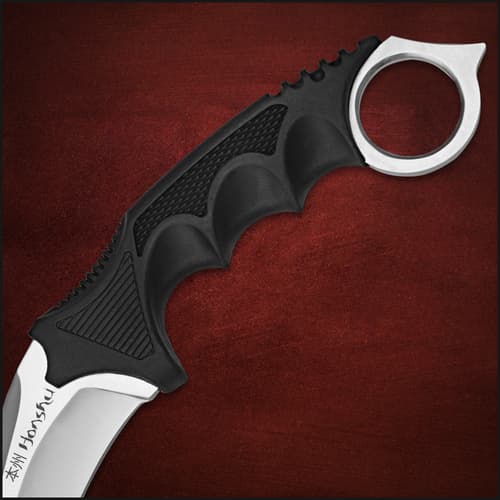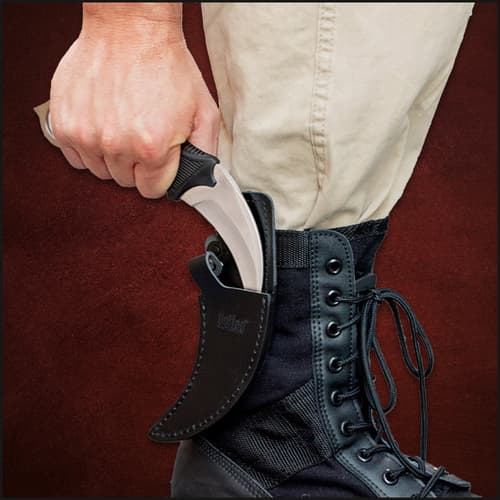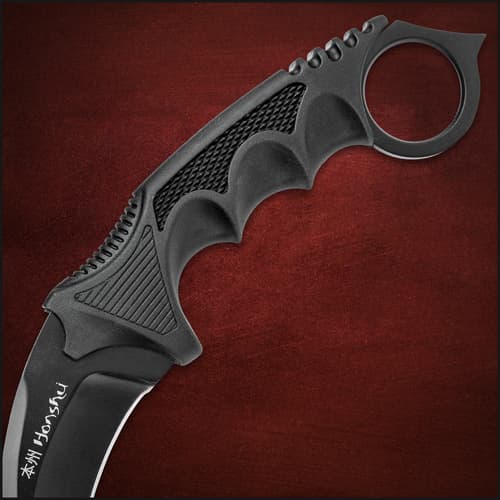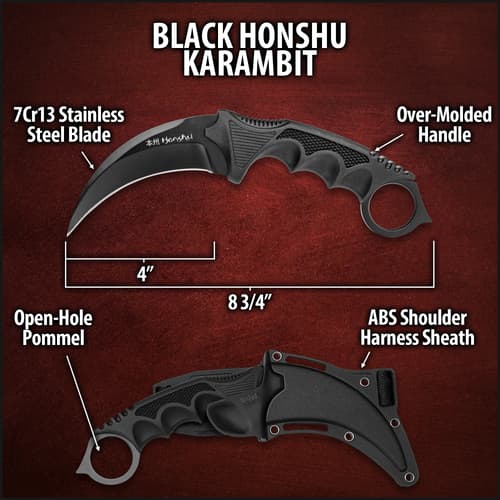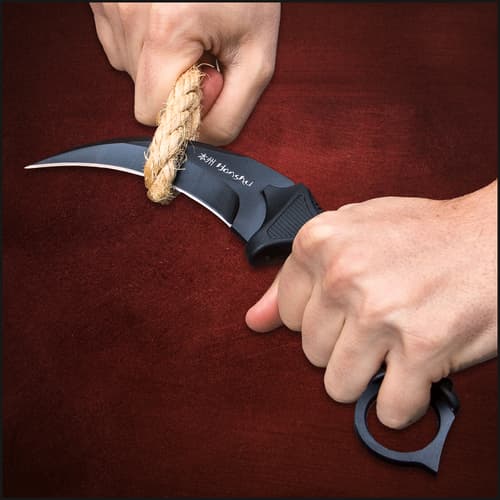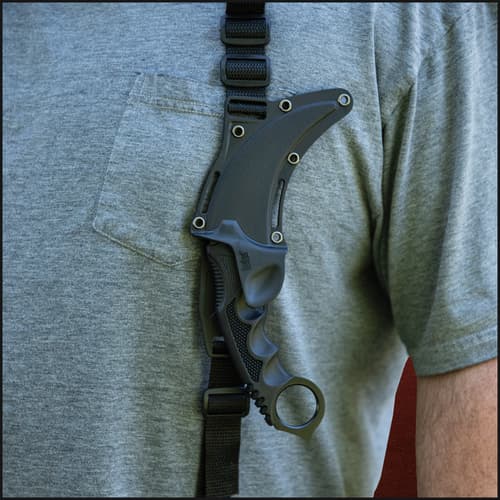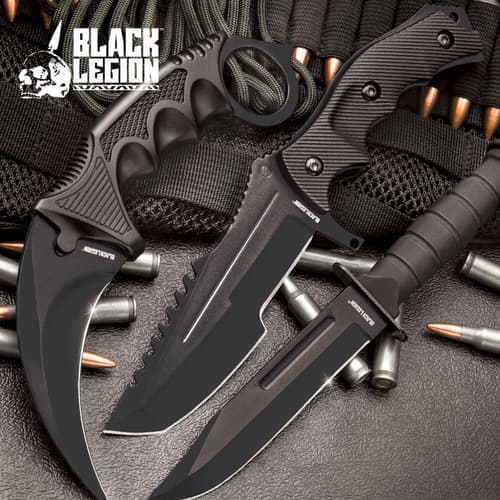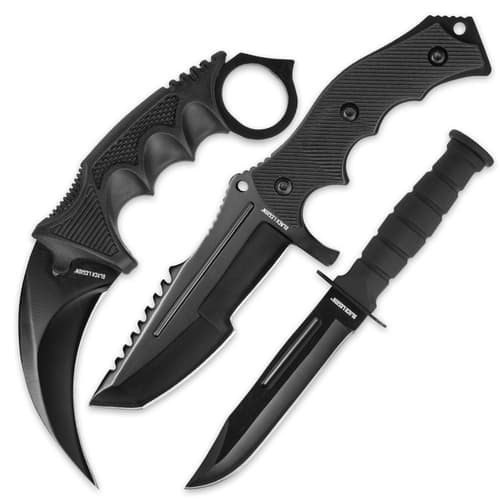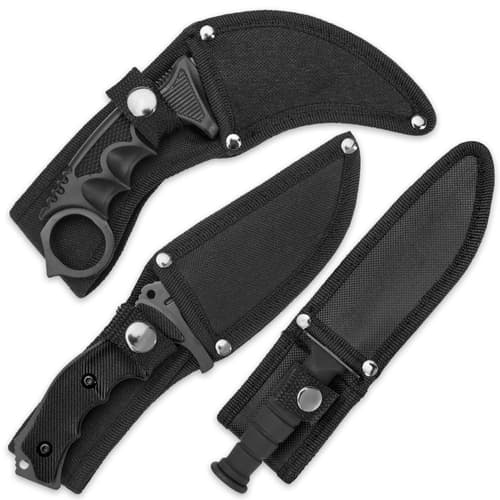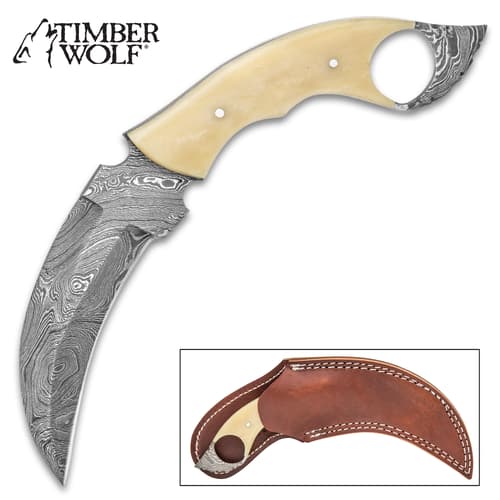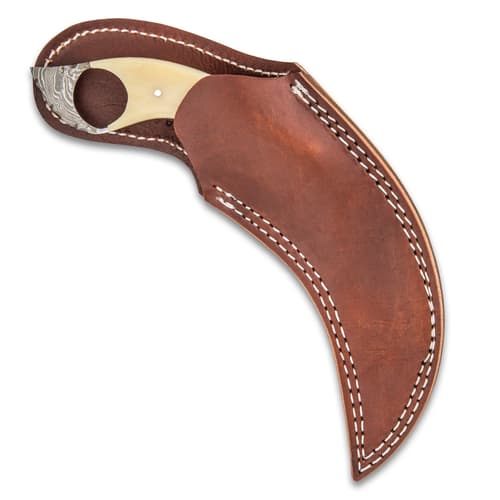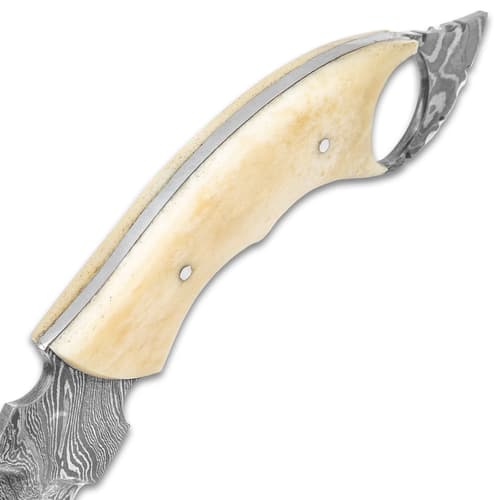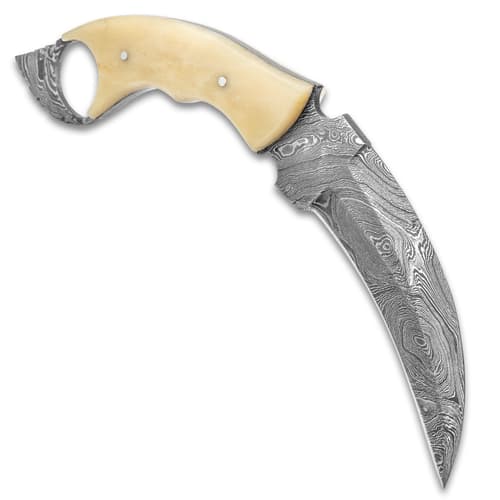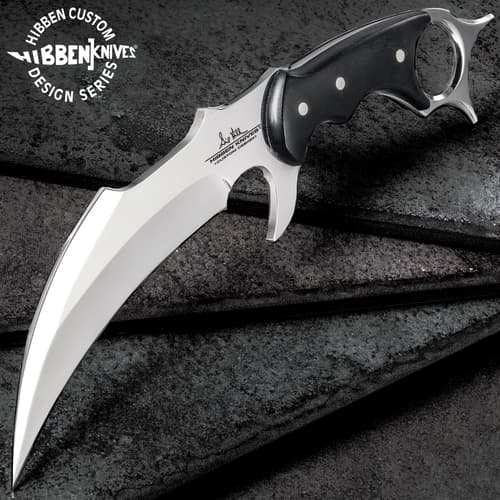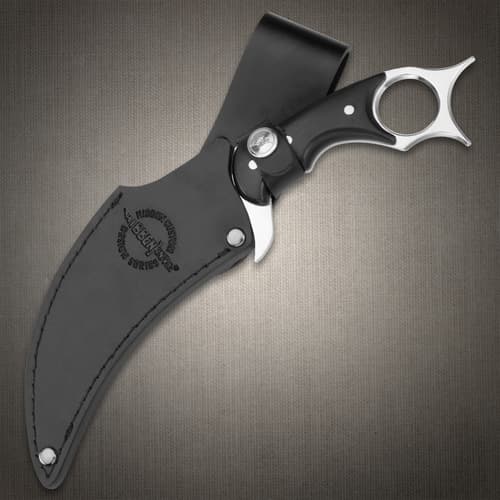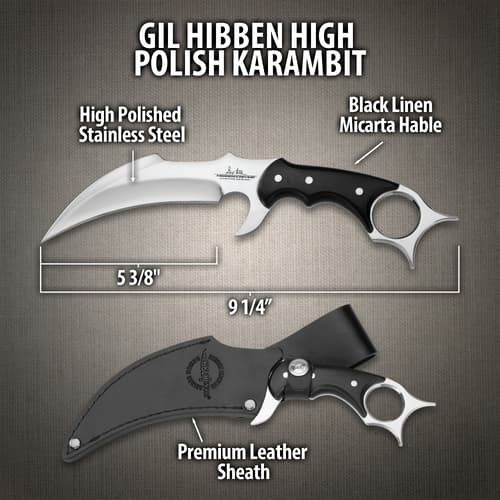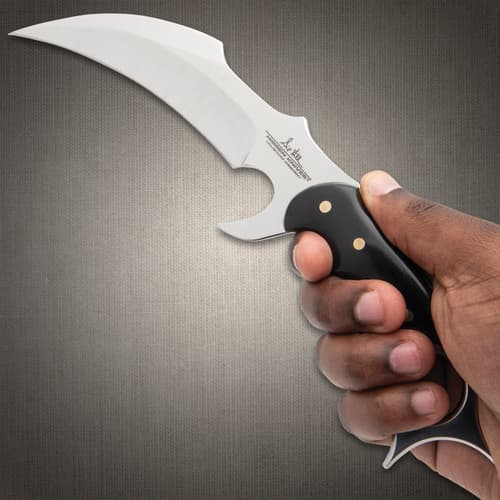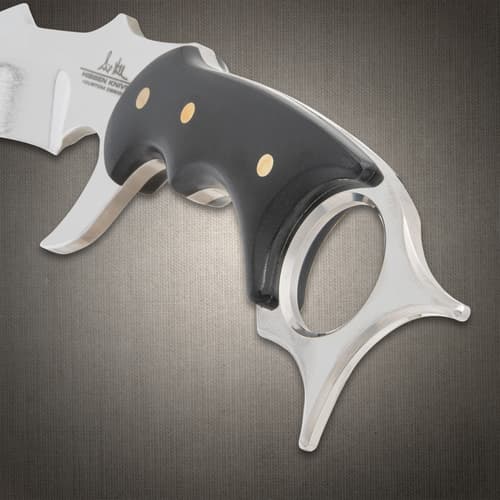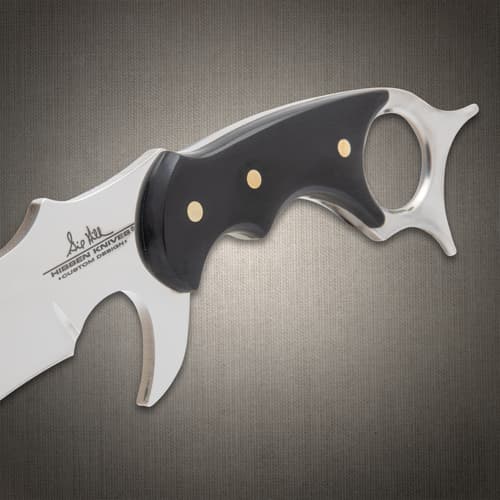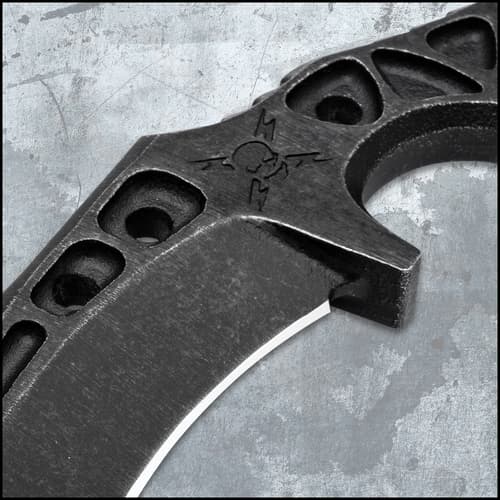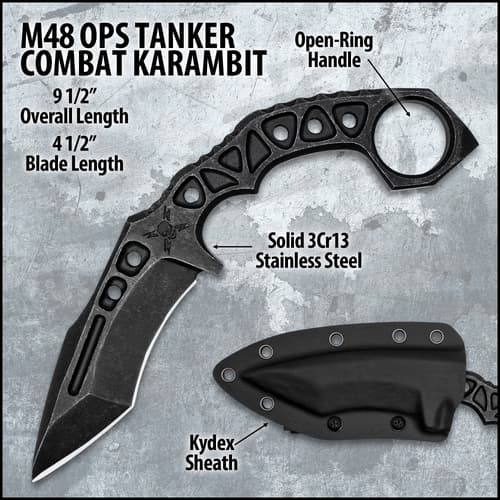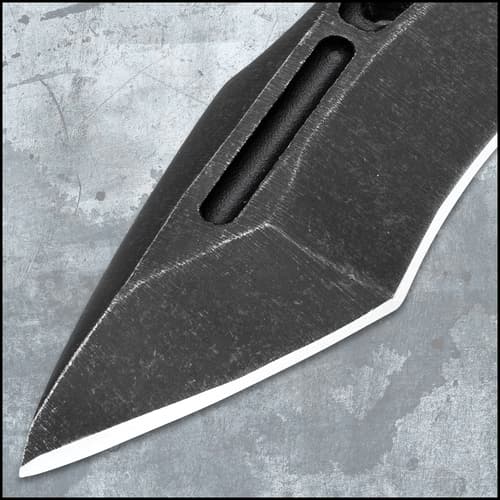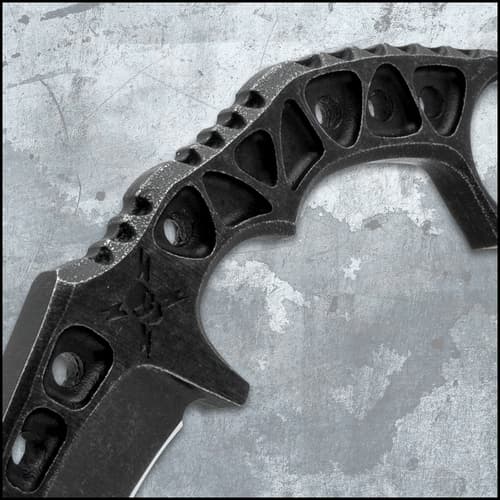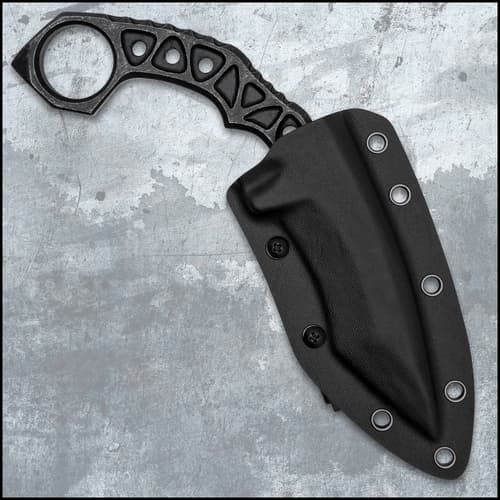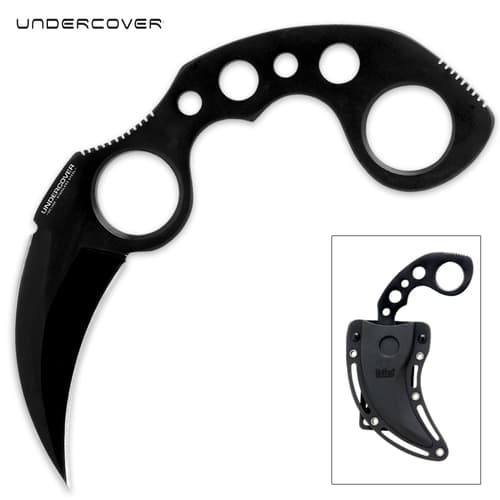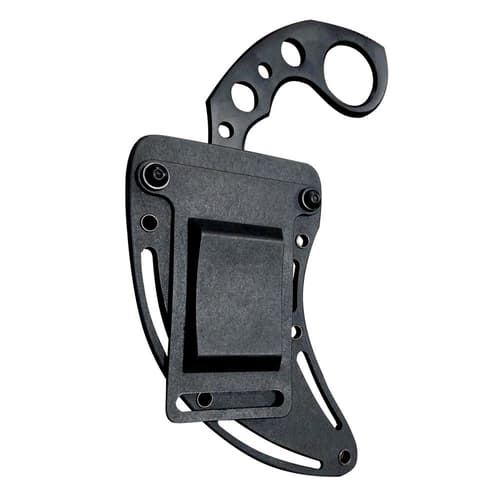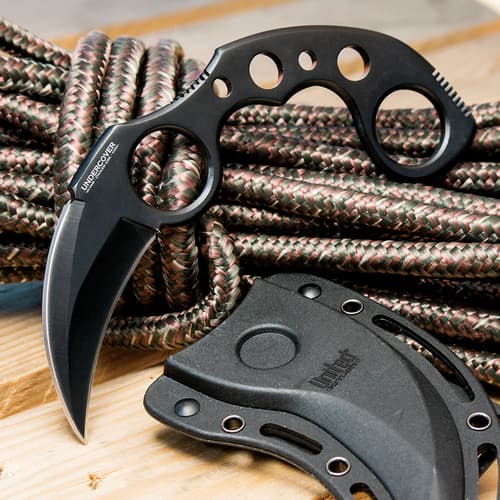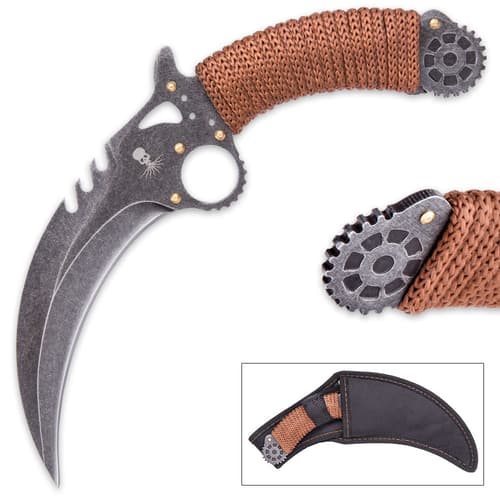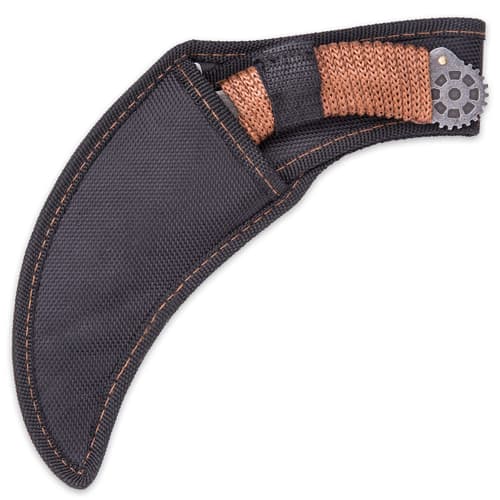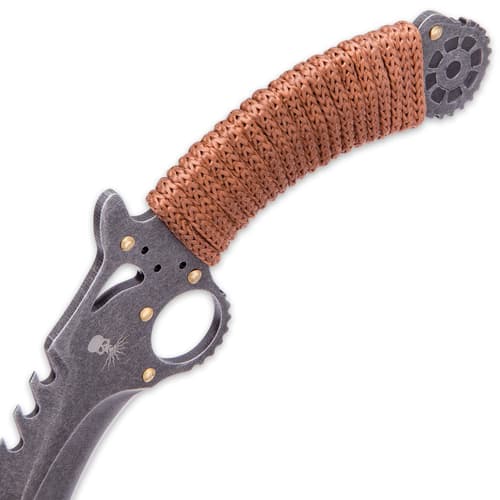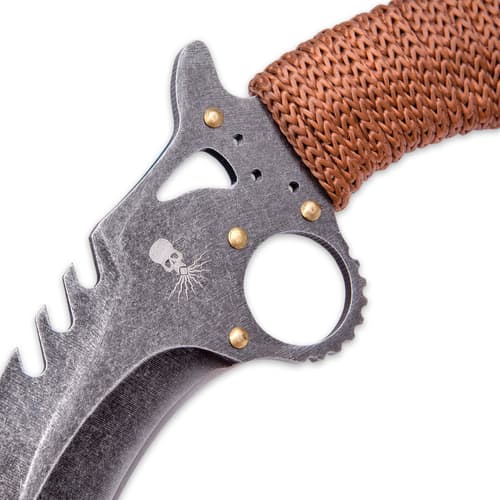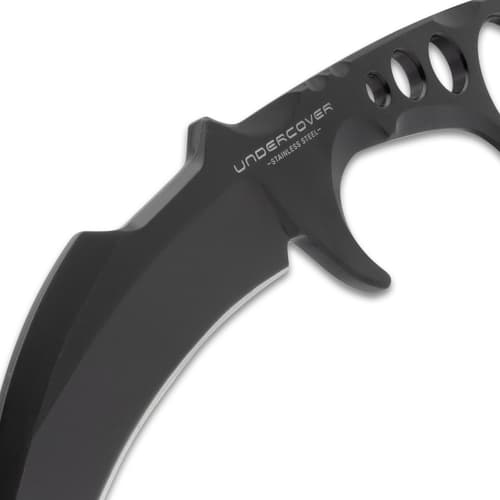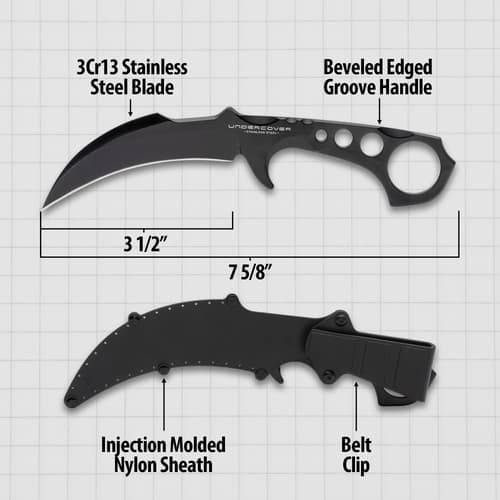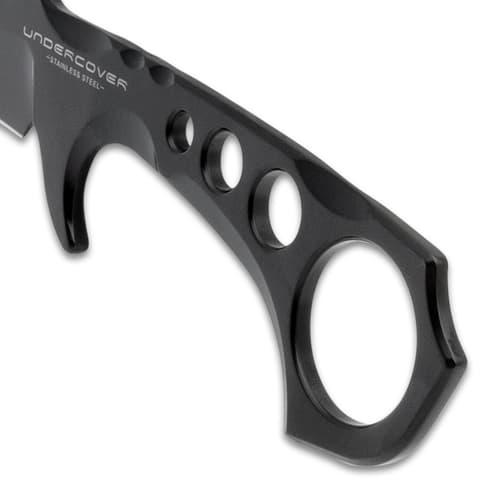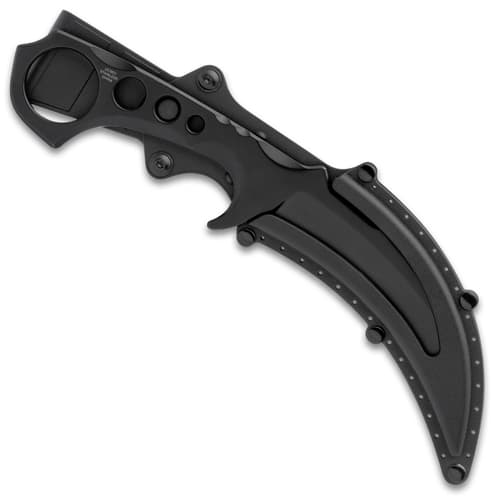Karambits
16 Results
52402
Gil Hibben Folding Recurve Karambit | 3 1/2" stainless steel blade | 8 1/8" overall
USD
1
Gil Hibben
Fixed Blade Knives
Karambits
CL2
Category L2
57.99
$47.99
MFKS
M48 Liberator Falcon Karambit Knife | 4 5/8” stainless steel blade | 10” overall | durable Vortec sheath included
USD
3
M48
Fixed Blade Knives
Karambits
CL2
Category L2
64.99
$49.99
BLTK
Black Legion Triple Knife Set
USD
6
Black Legion
Fixed Blade Knives
Karambits
CL2
Category L2
$69.99
$49.99
$26.99
43215
Kraken SteamTalon Karambit - Steampunk Style - Stonewashed Stainless Steel - Paracord - Stamped Gear Motifs; Laser Etched Art; Gold Colored Accents - Custom Nylon Belt Sheath
USD
11
BUDK
Fixed Blade Knives
Karambits
CL2
Category L2
24.99
52532
Undercover CIA Stinger III Karambit
USD
12
Undercover
CL2
Category L2
29.99
KARAMBIT KNIVES FAQS
- What is a karambit knife?
The karambit comes from Southeast Asia, where legend holds that it was inspired by the claws of big cats. The curved bladed knife was initially used as a farming tool by the peasant class but, eventually, was used as a weapon. - How did it get here?
Eventually, the karambit found its way into martial arts, especially, Filipino martial arts. The Filipino karambit is shorter than its forefathers and has become popular in the West because of its value as a self-defense weapon. - Why is the knife shaped the way it is?
The blade’s curved design was meant to work as a tool for a variety of jobs. The safety ring allowed the user to work at uncomfortable angles with ease and still retain a secure grip on the knife. In combat, the safety ring allowed the soldier to keep a tight hold on it instead of being disarmed by an opponent. - How do you use a karambit?
As a weapon, this curved knife is meant to be held with the blade pointing down from the bottom of your fist, not held upward in your hand. Your finger is inserted into the safety ring or finger guard at the top of the handle. This knife is used with a slashing or hooking movement. - How do you sharpen a karambit?
You want a triangular shaped sharpening system that includes a medium sharpening surface and a fine sharpening surface. This makes it much easier to sharpen the curved blade. Start with the medium grit and stroke the blade along the surface in one, smooth motion, keeping the blade pointed away from you. Make sure that you use the same number of strokes on one side as you do on the other. Then, switch to the fine grit surface and repeat the process until you get the sharpness that you want. When you’re done, wipe the blade with a soft, dry cloth to remove the debris from the sharpening process.

